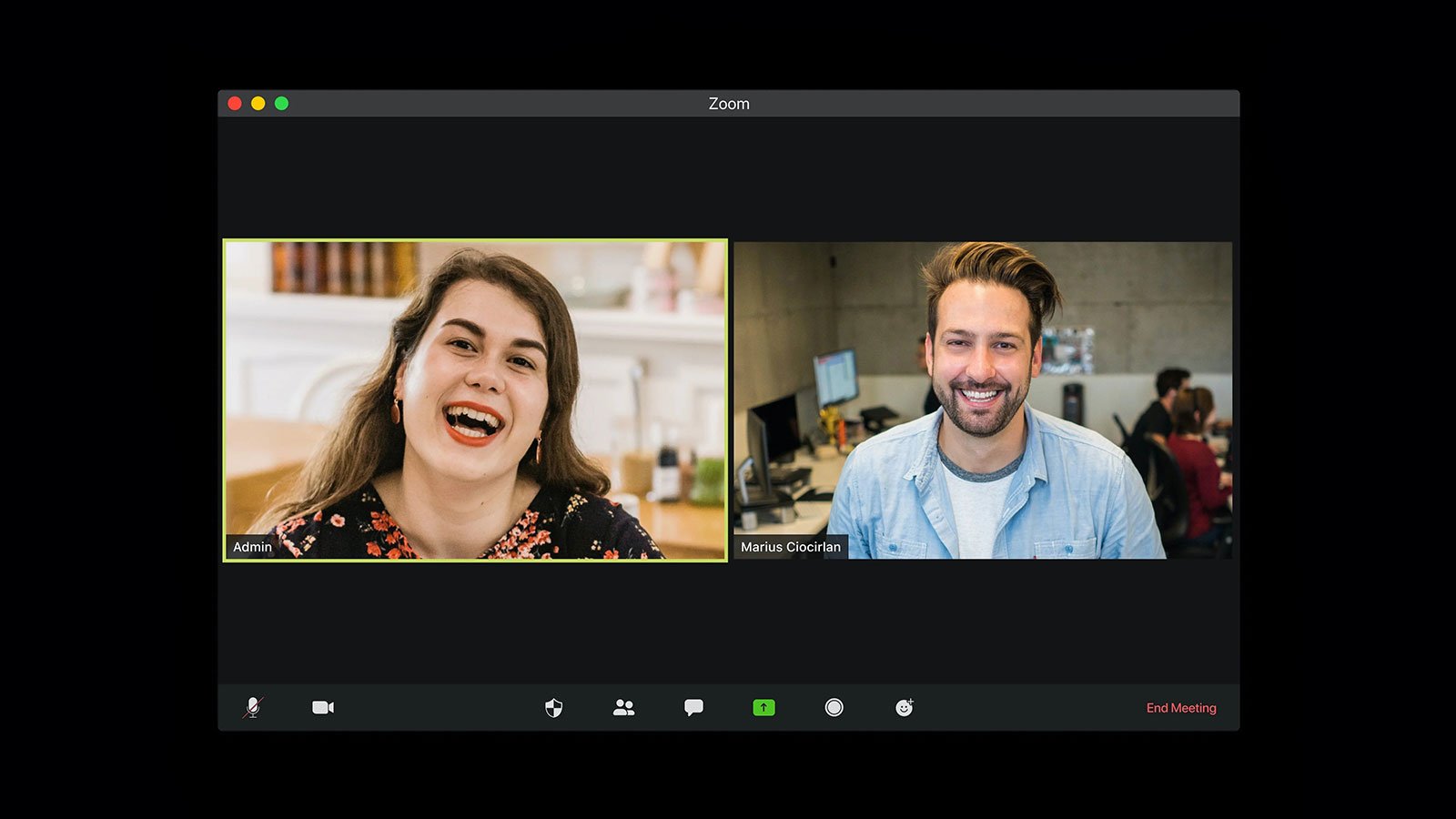Who REALLY are your Employee Caregivers?

It is no secret in the corporate world that work life challenges for employees cause reduced focus on work, decreased productivity and lost employee engagement with their employer. Lost productivity, increased absenteeism, increased health care claims costs, and a decrease in the overall employee wellness directly impacts the bottom line of firms – and is currently a $38 billion problem in the U.S. of lost productivity, according to a 2015 study from Ceridian. LinkedIn, Forbes, employee benefit news sources, Huffington Post, podcasts…throughout the media….are all lamenting this strategic challenge for companies. As the baby boomers age, Gen Xers simultaneously are adult children and parents, and Millennials’ take over the workforce, the need for employers to support the caregiver via employee benefit has increased dramatically.
But who are the caregivers in your workforce?
The bottom line – everyone. Webster’s Dictionary defines a caregiver as “a person who provides direct care (as for children, elderly people, or the chronically ill).” People often identify the term “caregiver” or “care” with situations that require medical care. This is valid, as many individuals are actively caring for a loved one’s acute or chronic health situation within their daily lives. However, caregiving extends far beyond medical situations. Many adults are trying to simply determine how to best manage their aging parents’ changing lives and/or the emotional, educational, physical and social needs of their children’s daily lives. Life is complex and people often feel lost in the vast amount of unaccredited information on the Internet as well as simply the notion of “where do I start?”
Through our platform’s digital advocacy and workflows, we have uncovered numerous areas of high demand for caregiving advocacy and information, which may not fit within your typical perception of caregiving:
- Transition and life after highschool
- Navigating public vs private schools
- Bullying and cyberbullying
- Federal Special Education Law parameters and rights
- Estate Structure and retirement planning
- Pet care for aging individuals
- Wellness/fitness coaching for various aging stages
- Veteran entitlements
- Access to anxiety support groups
We all face these topics, as parents and as adult children. Caring for anyone is complex, confusing and often foreign territory for people, which brings stress and anxiety. It can become a second job for your employees who aren’t experts by training in these areas. People want to work hard, enjoy life and take good care of their family. Let them. Help them shine a light into the maze of caregiving that can advocate for and simplify life for your employees. Caring is everyone’s business – and it’s just good business.



